NASA’s Lucy mission team is seeing double after discovering that Eurybates, the asteroid the spacecraft has targeted for flyby in 2027, has a small satellite. This “bonus” science exploration opportunity for the project was discovered using images taken by the Hubble Space Telescope’s Wide Field Camera 3 in September 2018, December 2019, and January 2020.
Launching in October 2021, Lucy will be the first space mission to study the Trojan asteroids, a population of small bodies orbiting the Sun “leading” and “trailing” Jupiter, at the same distance from the Sun as the gas giant. With flyby encounters past seven different asteroids – one in the Main Asteroid Belt and six in the Trojans, Lucy will be the first space mission in history to explore so many different destinations in independent orbits around our Sun.
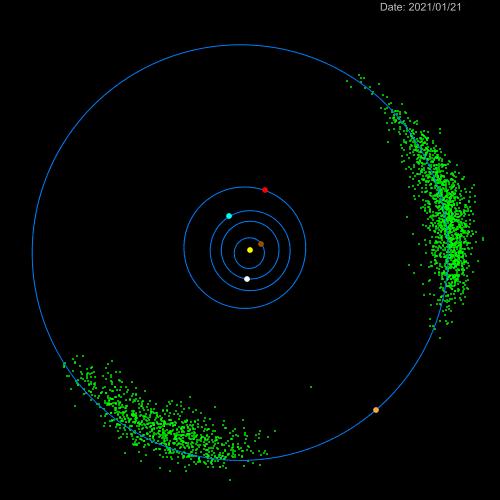
During the course of its mission, Lucy will fly by six Jupiter Trojans. This time-lapsed animation shows the movements of the inner planets (Mercury, brown; Venus, white; Earth, blue; Mars, red), Jupiter (orange), and the two Trojan swarms (green) during the course of the Lucy mission. Credit: Astronomical Institute of CAS/Petr Scheirich
“This newly discovered satellite is more than 6,000 times fainter than Eurybates, implying a diameter less than 1 km,” said Southwest Research Institute’s Hal Levison, principal investigator of the mission. “If this estimate proves to be correct, it will be among the smallest asteroids visited.”
Eurybates was first observed with Hubble in a search for small satellites in 2018, but it wasn’t until this past November when a Lucy team member noticed something in the data indicating a possible satellite.
“We asked for more Hubble time to confirm, and they gave us three tries,” said Keith Noll, Lucy project scientist at NASA’s Goddard Space Flight Center in Greenbelt, Maryland, and a co-discoverer of the satellite.
The team was quick to make the first set of confirmation observations in December and early January. The possible satellite was hard to see and moving on an unknown orbit around the much brighter Eurybates. There was no guarantee that it would be visible in the new images. “In the first two observations in December we didn’t see anything, so we began to think we might be unlucky. But on the third orbit, there it was,” said Noll.
The team is working with Hubble schedulers to decide when to make the next observations after Eurybates becomes observable again. Due to the orbits of Earth and Eurybates, and because Hubble cannot be pointed toward the Sun, further observations are not possible until June. In the meantime, the team is using current observation data to study the satellite’s orbit around the asteroid, which will help scientists determine the best times for observations.
While there is no impact to the spacecraft architecture or schedule, the project team is carefully planning how to safely examine the new satellite while ensuring the mission’s requirement to study Eurybates is fully met.
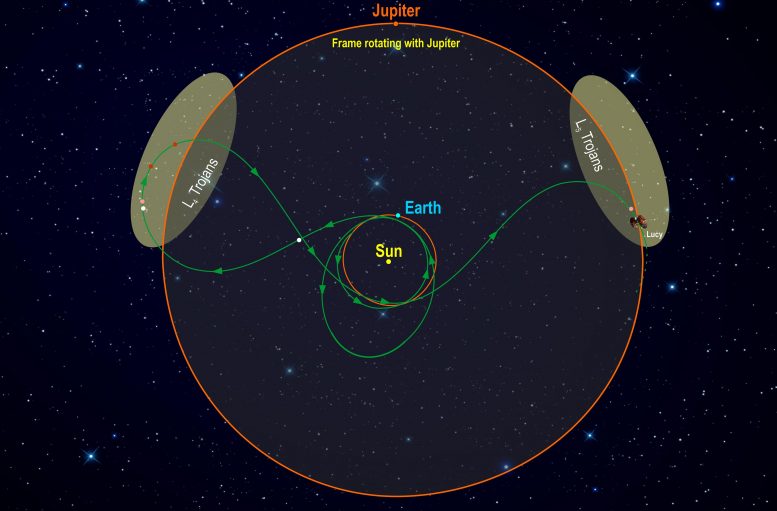
This diagram illustrates Lucy’s orbital path. The spacecraft’s path (green) is shown in a frame of reference where Jupiter remains stationary, giving the trajectory its pretzel-like shape. After launch in October 2021, Lucy has two close Earth flybys before encountering its Trojan targets. In the L4 cloud Lucy will fly by (3548) Eurybates (white), (15094) Polymele (pink), (11351) Leucus (red), and (21900) Orus (red) from 2027-2028. After diving past Earth again Lucy will visit the L5 cloud and encounter the (617) Patroclus-Menoetius binary (pink) in 2033. As a bonus, in 2025 on the way to the L4, Lucy flies by a small Main Belt asteroid, (52246) Donaldjohanson (white), named for the discoverer of the Lucy fossil. After flying by the Patroclus-Menoetius binary in 2033, Lucy will continue cycling between the two Trojan clouds every six years. Credit: Southwest Research Institute
Trojan asteroids have been trapped on orbits associated with the stable Lagrange Points for billions of years due to the combined gravitational influences of the Sun and Jupiter. Lucy will explore the diversity of these ancient leftover building blocks of the giant planets and will open new insights into the origins of our planet and the solar system.
“There are only a handful of known Trojan asteroids with satellites, and the presence of a satellite is particularly interesting for Eurybates,” said Thomas Statler, Lucy Program Scientist at NASA Headquarters in Washington. “It’s the largest member of the only confirmed Trojan collisional family – roughly 100 asteroids all traceable to, and probably fragments from, the same collision.”
The opportunity to study a prospective collisional satellite at close range will help our fundamental understanding of collisions, which Statler says may be responsible for the formation of satellites in other small body populations.
Southwest Research Institute in Boulder, Colorado, is the principal investigator institution for Lucy. Goddard provides overall mission management, systems engineering, and safety and mission assurance. Lockheed Martin Space Systems in Denver is building the spacecraft.
Discovery Program class missions like Lucy are relatively low-cost, with development capped at approximately $450 million. They are managed for NASA’s Planetary Science Division by the Planetary Missions Program Office at NASA’s Marshall Space Flight Center in Huntsville, Alabama. The missions are led by a principal investigator who assembles a team of scientists and engineers to design and conduct the mission to address key science questions about the solar system.

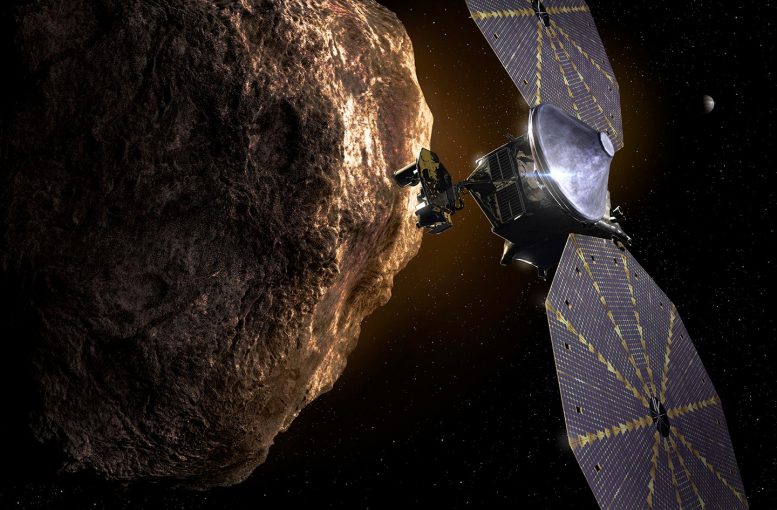
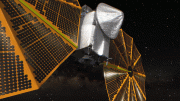
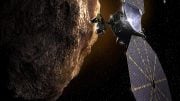
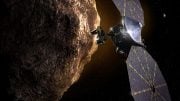
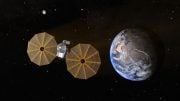
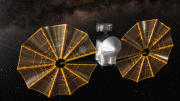
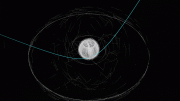
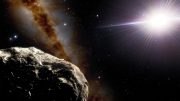
Be the first to comment on "NASA’s Mission to Jupiter’s Trojan Asteroids Confirms Discovery of “Bonus” Exploration Opportunity"